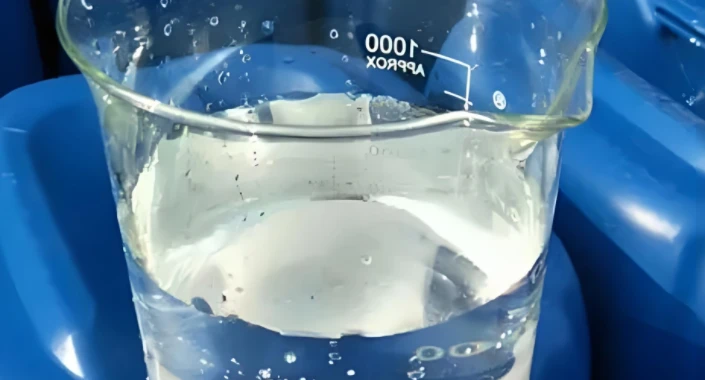



Pool Shock Treatment for Above Ground Pools | Keep Your Water Clean & Clear
Pool Shock Treatment for Above Ground Pools
Maintaining a clean and healthy swimming environment in an above ground pool is essential for enjoyable summer days. One critical aspect of pool maintenance is the shock treatment, a process that involves adding a high dose of chlorine or other chemicals to the water to eliminate bacteria, algae, and chloramines that can accumulate over time. Understanding the importance of pool shock treatment, how to properly administer it, and the benefits it provides can help ensure the swimming experience remains safe and pleasant.
Why Shock Your Pool?
As water circulates in your pool, contaminants such as dirt, leaves, and organic material can build up, leading to cloudy water and unpleasant odors. Additionally, the sunlight can break down free chlorine levels, rendering it less effective in fighting pathogens. Regular shock treatment serves as a vital part of the pool maintenance routine. It effectively raises the chlorine levels rapidly, killing harmful microorganisms and breaking down chloramines—byproducts of chlorine that can cause eye irritation and an unpleasant smell.
When to Shock Your Pool
Knowing when to shock your above ground pool is as important as the process itself. You should consider shocking your pool in the following situations
1. Algae Growth If you notice green, yellow, or black algae forming, it’s crucial to perform a shock treatment immediately. 2. Swimmer Load After hosting a pool party or having multiple swimmers, it's recommended to shock the pool to counteract the contaminants introduced by increased use.
3. Heavy Rain or Wind Storms can introduce organic debris and pollutants into the water, necessitating a shock treatment to restore water quality.
4. Regular Maintenance A weekly shock treatment can help maintain optimal water conditions during peak swimming season.
How to Shock Your Pool
pool shock treatment for above ground pools

Before you begin, it’s essential to check the pool’s pH levels. Ideal pH levels should be between 7.4 and 7.6. If the pH is high, adjust it before shocking. Follow these steps for an effective shock treatment
1. Choose the Right Product Use a calcium hypochlorite or dichlor chlorine shock, as these are effective and convenient for above ground pools.
2. Dissolve and Dilute For powdered shock, dissolve it in a bucket of water before adding it to the pool. This helps prevent damage to the pool liner.
3. Apply in the Evening Shock your pool in the evening or at night to avoid the sun’s UV rays, which can degrade chlorine quickly.
4. Broadcast Evenly Pour the solution evenly around the perimeter of the pool while the circulation system is running to ensure proper mixing.
5. Wait Before Swimming Allow at least 8 hours for the shock to work before swimming again. Always test the water afterward to ensure chlorine levels are safe for swimming.
Benefits of Regular Shock Treatment
Regularly shocking your above ground pool has numerous benefits. It helps maintain clear water by preventing cloudiness and keeping algae at bay. Additionally, a properly shocked pool promotes a safer swimming environment for you and your family. By managing sanitizer levels effectively, you also enhance the lifespan of pool equipment and surfaces.
In conclusion, pool shock treatment is a vital component of above ground pool maintenance. By understanding when and how to shock your pool, you can ensure a clean, healthy environment for relaxation and fun during those hot summer days. Make it part of your routine and enjoy a sparkling pool all season long!
-
Why Strontium Carbonate Still MattersNewsJun.06,2025
-
Why BaSO4 MattersNewsJun.06,2025
-
Why Barium Carbonate Still MattersNewsJun.06,2025
-
Strontium Hydroxide: A Versatile Compound for Modern ApplicationsNewsJun.06,2025
-
Strontium Chloride in Daily IndustryNewsJun.06,2025
-
Pure Potassium Nitrate for SaleNewsJun.06,2025
-
What Is Sodium Bisulfate Used For?NewsMay.15,2025










